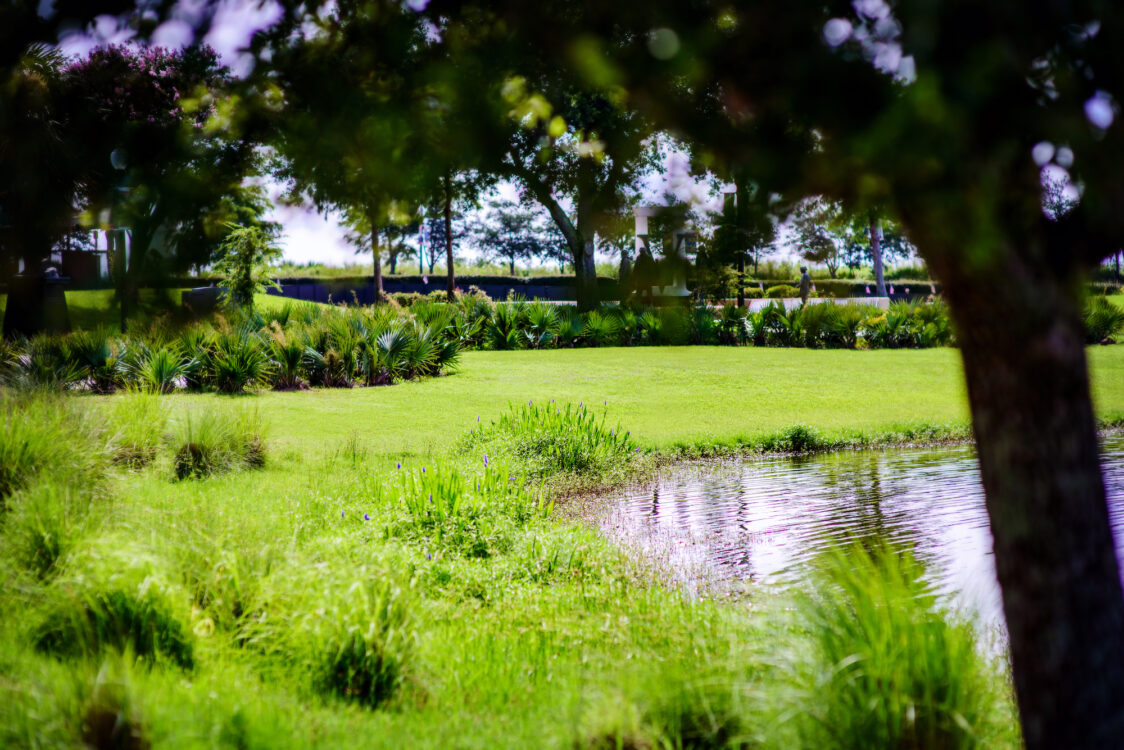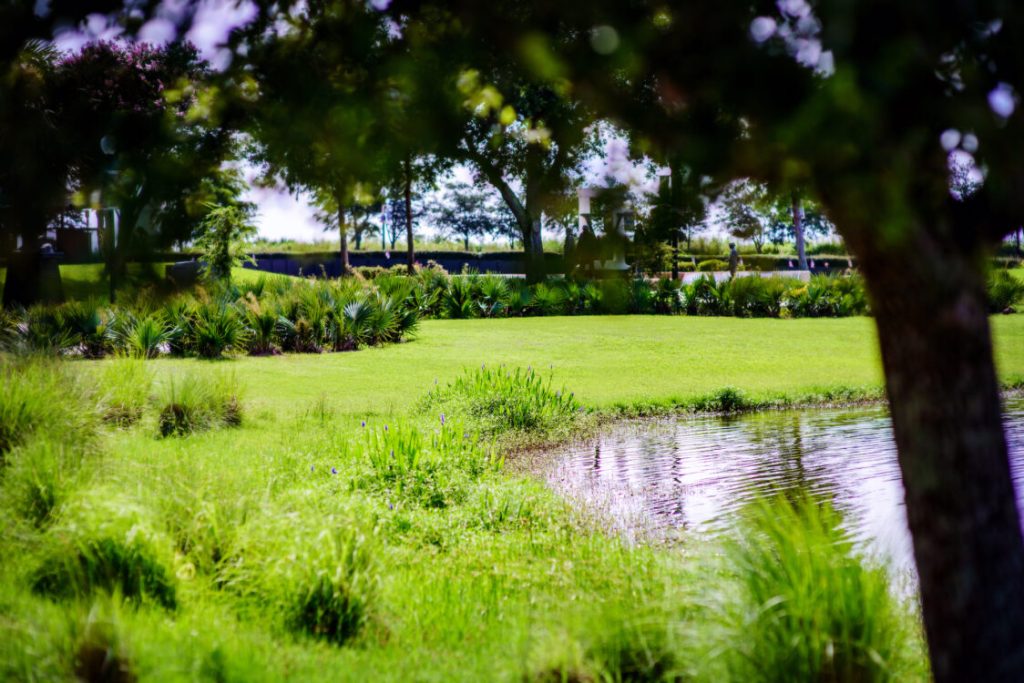Golfweek Features Jerry Pate Design and Teeth of the Dog - Read More
If you’ve done any research into lawn care, lawn aeration is a term that has certainly come up. When soil becomes compacted over time, this approach can help to provide the best conditions for optimum turf health and beauty. Let’s take a look into why lawn aeration is impactful, as well as when and how to aerate.
Why Is Aeration Necessary?

The need for lawn aeration arises from soil compaction. Along with organic matter, minerals, and living organisms, pore space is one of the most important factors for soil health. Pore space refers to the openings between soil particles. These openings facilitate the movement of water, oxygen, and nutrients through the soil. Adequate pore space is essential for a thriving ecosystem that provides the right conditions for healthy root growth. Compacted soil lacks pore space and therefore inhibits optimal root growth.
Outward signs of soil compaction include:
- Slow growth of grass in the active growing season
- Brown or yellowing grass
- Thin grass with patches that aren’t growing at all
- Excessive water runoff
- Water pooling
- Excessive thatch
- Weed takeover
- Exposed tree roots
There are multiple reasons that soil becomes compacted. Foot or vehicle traffic are obvious causes. But mowing or moving heavy equipment over a wet lawn can also compact the soil. Heavy rain can put enough pressure on the soil to reduce the pore space as well. Turf grass itself can lead to compaction through thatch creation and decomposition.
Soil composition can also play a part. Mixing sand with clay soil can result in a non-porous soil that is almost like concrete. An issue that we have seen in commercial green spaces is the use of highly compactable soil, which is typically meant for structural support, in landscape areas. The result is a lawn that is prone to compaction due to the nature of the soil. This illustrates a good reason to bring a landscape architect into the construction process early on, to consult with construction teams.
That said, lawn aeration is a solution for making the soil less compact and more porous. There are several ways to aerate a lawn, and all involve some method of breaking up soil to make it more porous.
How To Aerate
Core aeration is the most effective way to open up the soil. This type of lawn aeration creates holes by pulling plugs of soil out of the ground, creating an open path for water, air, and nutrients to enter. Core aeration can be done with a manual tool, but is most often accomplished with a powered aerator. This method can be used on a repeating basis, but is especially helpful when there is a major issue where soil really needs to be opened up. Core aeration can also be used to facilitate adding sand to certain soils to modify the composition.
Slicer aerators employ rotating blades that create thin slices rather than cores. The immediate benefits are that slicing is faster and less disruptive, but it does not penetrate the soil nearly as deeply as core aeration. It does have the added benefit of dethatching, another important factor in turf health.
Spike aeration is somewhat of an intermediate process between coring and slicing. It provides good soil penetration, but does not remove cores. Spikes are driven into the soil with tools that range from powered machines to devices worn on the bottom of shoes.
Both spike and slicer aeration are particularly useful in commercial applications, where appearance is critical and cores would need to be cleaned up rather than left to naturally dissolve. Both are also less disruptive to existing healthy turf than core aeration.
Liquid aeration is a relatively new option, where a chemical spray is applied to a lawn to stimulate natural aeration. The idea behind the products is that they stimulate the production of beneficial microbes that break down soil to alleviate compaction. The jury is still out on whether this option is worthwhile, but there is no doubt that it is a slow process. It will certainly take months, if not years, for microbes to achieve the same results as conventional aeration.
When and How Often to Aerate

The need for lawn aeration becomes evident when some of the outward signs we listed earlier are present. But what about regular maintenance? It’s generally a good idea to aerate on an annual basis, especially for high-traffic areas or heavy clay soil. Early spring or fall for cool-season grasses and late spring through early summer for warm-season grasses are the best times to aerate. The idea is to aerate at a time when the grass is actively growing, allowing it to recover more quickly.
Core aeration is the best solution for turf that needs a lot of help. Once we’re working with healthy turf, spike or slicer aeration can be the perfect solution for annual maintenance if the soil is still in good shape. That said, some situations do require core aeration as part of annual maintenance. How do you tell? Work with professionals to ensure your soil quality and need for aeration is monitored and maintained properly.
The Long-Term Process
As landscape architects, we understand that beautiful turf is the result of careful planning and long-term maintenance. Creating lush green turf is an ongoing process and lawn aeration is an important part of it. The health of grass is dependent on the health of the soil it grows in, and aeration is critical for good soil health. Making lawn aeration part of an annual maintenance schedule helps to create a healthy environment where turf can thrive.
To learn more about our approach to green spaces that are designed to thrive and be enjoyed, explore our services.

